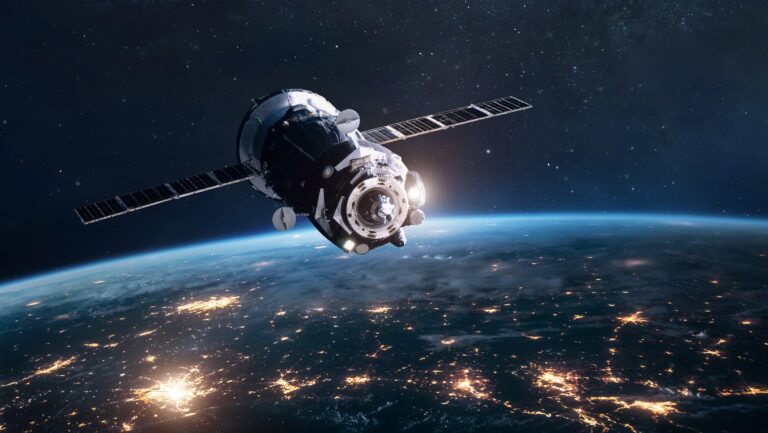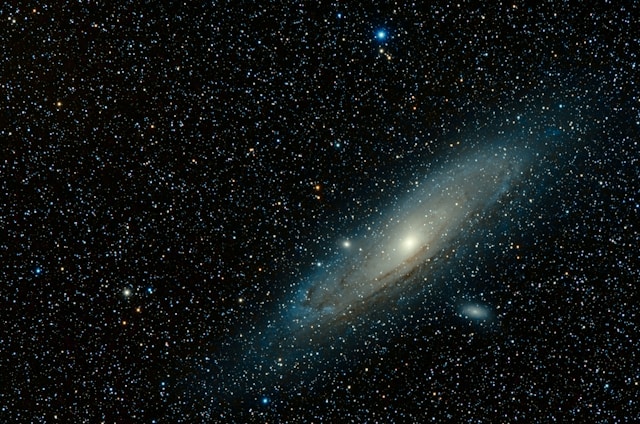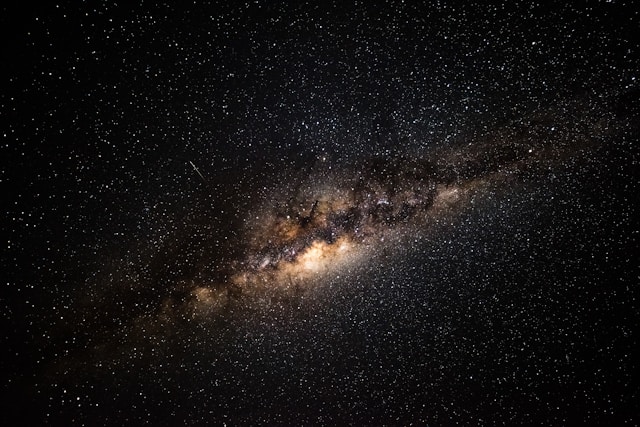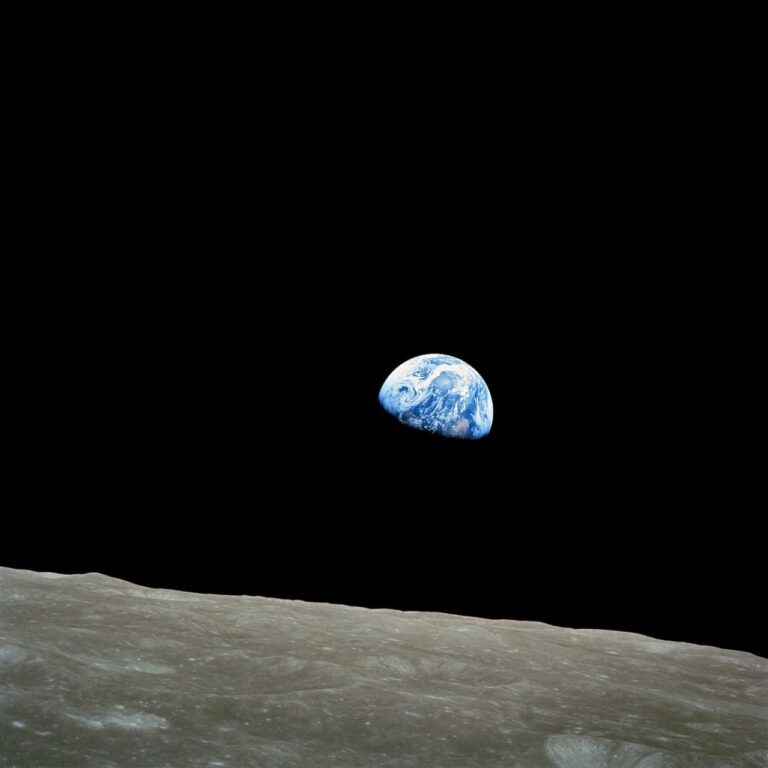Fantasts and futurologists of the 20th century unanimously spoke about the irreversibility of the colonization of Mars. Moreover, the date of the beginning of its development by man was called approximately the same: the first quarter of our century. Writer Arthur C. Clarke, for example, believed that a person would first set foot on the Red Planet as early as 2021, and science fiction writer Isaac Asimov even predicted that by 2014 almost regular communication of unmanned ships would be established between the planets.
But all these prophecies did not come true. Mars, which mankind has been watching so closely for more than 300 years, has remained impregnable. Moreover, compared to how the space industry developed in the last century, today we seem to be witnessing a regression. This is especially noticeable in the field of manned cosmonautics.
All major missions are focused on the ISS, as well as on the launch of satellites, laying, for example, the infrastructure foundations for the “Internet of Things” or the militarization of space. The last time a human foot set foot on the Moon was back in 1972, while Americans celebrate the recent successful docking of the Crew Dragon spacecraft with the ISS.
Compared to the chronicle of the triumphs of the 60s and 70s of the last century, all this looks modest, to put it mildly.
But such a slowdown in the development of astronautics in general, and in the implementation of a manned flight to Mars in particular, is more likely to be associated with more complex institutional problems than with the fact that a person simply preferred consumption to conquering space – “drinking beer and watching TV shows”, as once lamented writer Ray Bradbury.
And it’s not even about funding (although any project associated with a flight to Mars requires astronomical costs) or the absence of a pronounced ideological component, which was the case during the Cold War era. Over the past decades, our knowledge of Mars has expanded so much that now we look at such missions much more realistically, without the dizzying enthusiasm with which the futurists of the 20th century looked into the future. In this sense, the very history of the project to fly to Mars is extremely instructive.
14 second introduction
The first attempts to land an automatic device on the planet were made by the Soviet Union in the early 1960s. However, they all ended in failure. “Mars 1960A” and “Mars 1960B” did not reach the planet due to accidents of the Molniya launch vehicle. A little more successful was the launch of the Mars-1 station, which, despite the Caribbean crisis, still managed to take off from Baikonur and get close to the planet at a distance of 200 thousand km, after which communication with the device was lost.
Subsequently, the Soviet Union managed only a 14-second stay on Mars: in 1971, the Mars-3 apparatus managed to successfully land on the planet, but a severe dust storm interrupted communication with the rover. The Americans did much more.
In 1965, the Mariner-4 spacecraft flew up to the planet at a minimum distance to its center – 13,200 km – and managed to take 21 images with a resolution of about one km. Then, already in 1971, the first artificial satellite of the planet “Mariner-9” was launched, which delivered thousands of new and much more detailed images to Earth.
For example, it turned out that Mars is dotted with volcanic and tectonic geological formations, that it has dried up channels of water flows. From that moment, large-scale studies of the atmosphere and ionosphere of the planet, as well as its environment, began.
Finally, in 1975, two automatic stations, Viking 1 and Viking 2, successfully landed on the planet. More than 50 thousand images were sent to Earth, which made it possible to compile the first cartographic sketch of the planet. After that, there were no successful Martian expeditions for more than 20 years. Only in 1996, the Mars Global Surveyor entered orbit, which managed to make images of Mars that are unique in their clarity.
Today, a new research apparatus “Perseverance” (Perseverance) is moving towards the planet. If successful, the rover in 2029 will transfer the first samples of Martian soil to the orbiter, which will be delivered to Earth.
This is especially important, because due to the capacities of ground-based laboratories, scientists will be able to determine the biological origin of the Martian soil, and in the future, at least partially reconstruct the history of life on this planet.
In general, over 60 years of active exploration of Mars, the total number of missions to this planet has reached 45. Of these, only 19 were successful. And these are missions for automatic vehicles only. We have not even talked about manned flight yet.
Without gravity and communication, but with mold and radiation
The fact is that during the entire period of active study of the Red Planet, mankind has learned a lot not only about what Mars itself is like – for example, what is the average temperature on the surface of the planet, what is its climate, gravitational and magnetic fields, atmosphere, but and the difficulties of traveling and landing on Mars.
As a result, due to the collected information, it was possible to determine the main problems of the piloted project, without which the development of the planet by man is impossible or will be associated with huge risks. All of them are somehow included in one global problem – the distance between Earth and Mars, which is more than 55 million km. For comparison, a little more than 384 thousand km lie between the Earth and the Moon.
Such a distance requires very special solutions for a successful flight – from the design of the rocket, ending with the preliminary medical and psychological preparation of the astronauts and the coordination of the entire mission.
“The main technical obstacle today is purely formal. So far, neither the United States, nor China, nor the Russian Federation have a powerful enough rocket to send even one person to Mars on it. Those rockets that are sent to the planet by automatic stations are capable of throwing about 5 tons there. Moreover, only one ton flies to the very surface of the planet. In comparison, flights to the moon in the 1970s required a 50-ton spacecraft. And this, attention, for a six-day journey – there and back. Whereas the journey to Mars will take many months. That is, all the available missiles are still too weak,” Vladimir Surdin, Candidate of Physical and Mathematical Sciences. According to the astronomer, one of the possible solutions to this problem is a fast flight: when the rocket will be equipped not with a chemical jet engine, but with a nuclear one. But while the very possibility of using such an engine is being actively explored: it is very dirty and dangerous, and if an accident occurs with a rocket at the start, which happens in 2-3% of launches, the disaster will be much worse than in Chernobyl.
But even if it is possible to design a sufficiently powerful engine, obstacles of a completely different order will begin. The approximate travel time to Mars will be about 9 months. The total duration of the trip there and back will be approximately 500 days. That is, the astronauts will have to spend almost a year and a half indoors in conditions of almost complete absence of gravity, with an extremely primitive and intermittent connection with the Earth, and then also in terrifying Martian conditions – at very low temperatures and pressure.
The dose of radiation received during a flight can lead to a significant reduction in the duration of human life, an increase in the risk of developing Parkinson’s disease and oncological diseases, and impaired short-term memory. By the way, therefore, it is believed that a woman should not participate in the mission at all, because statistically a woman’s life expectancy is longer than that of a man, which means there are more risks of facing delayed diseases in old age.
—
The colonization of Mars is a topic that has been discussed for years. The first mention of it was in 1913 by the Russian astronomer and science fiction writer, Konstantin Tsiolkovsky. He believed that humans would eventually colonize the red planet, and he even calculated how long it would take to get there: about 10 years for a one-way trip.



















